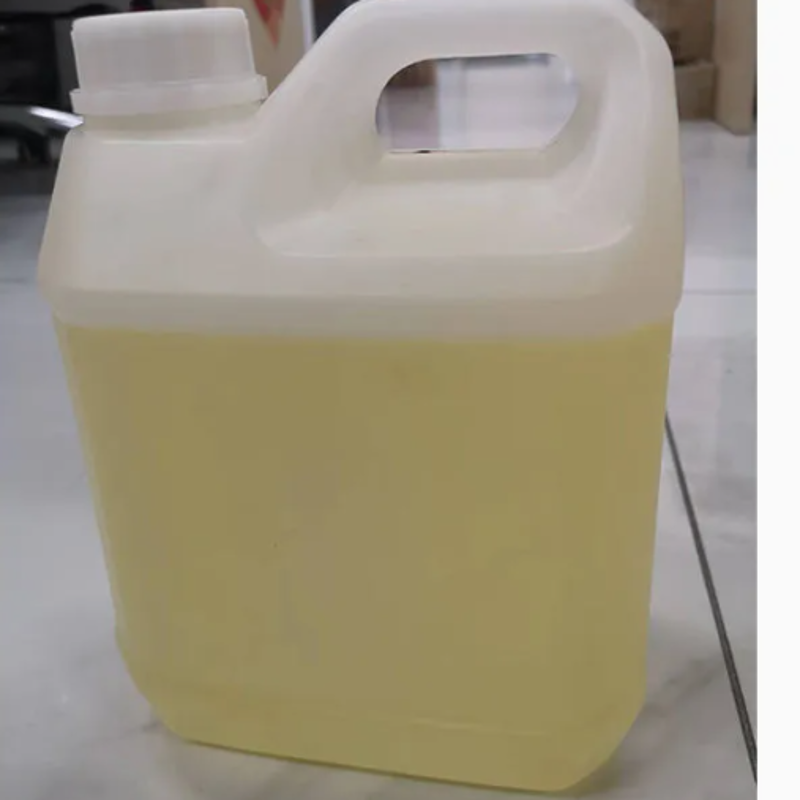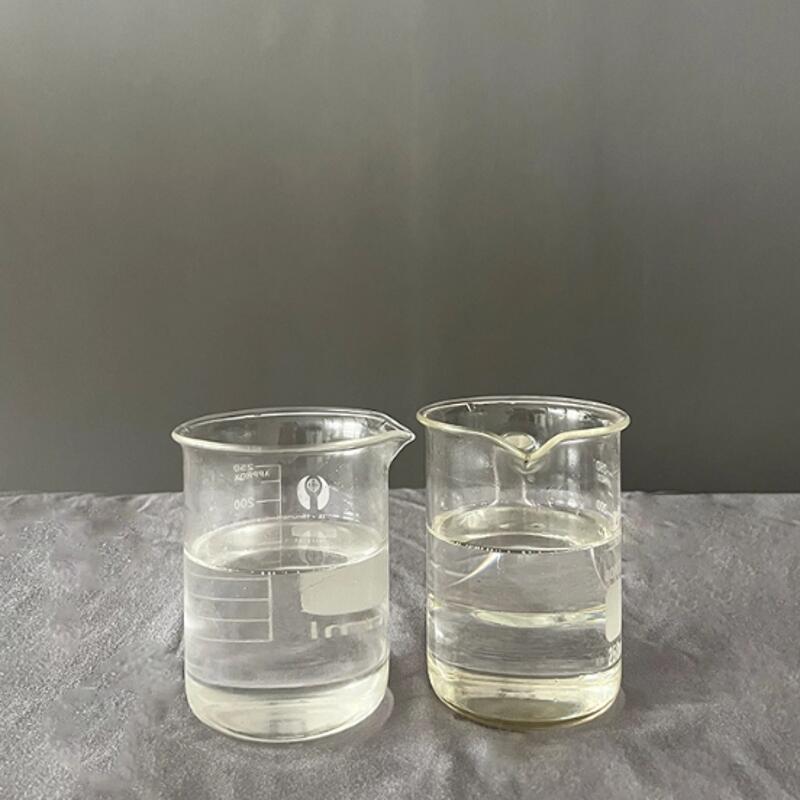-
Categories
-
Pharmaceutical Intermediates
-
Active Pharmaceutical Ingredients
-
Food Additives
- Industrial Coatings
- Agrochemicals
- Dyes and Pigments
- Surfactant
- Flavors and Fragrances
- Chemical Reagents
- Catalyst and Auxiliary
- Natural Products
- Inorganic Chemistry
-
Organic Chemistry
-
Biochemical Engineering
- Analytical Chemistry
-
Cosmetic Ingredient
- Water Treatment Chemical
-
Pharmaceutical Intermediates
Promotion
ECHEMI Mall
Wholesale
Weekly Price
Exhibition
News
-
Trade Service
Globally diversified chemical company Saudi Basic Industries Corporation (SABIC) today released the results of a new study on the design of automotive rear quarter windows
.
This study explores the key benefits of LEXAN™ polycarbonate (PC) resin materials in terms of unique styling, integration of different components and functions, and enhanced aerodynamic performance
.
These advantages also present a huge opportunity for window manufacturers to significantly increase design freedom, control costs and reduce vehicle weight by replacing traditional glass with clear, impact-resistant LEXAN resin
.
With decades of experience in automotive glass, SABIC's designers and engineers have conducted in-depth research and analysis on the application of LEXAN resin in automotive rear windows
.
In addition to the rear triangular windows, the company's team has also developed several stylish design concepts for the rear side windows
.
The results of this study demonstrate the feasibility of these designs, all of which can be produced using proven production processes and secondary processing
.
.
This study explores the key benefits of LEXAN™ polycarbonate (PC) resin materials in terms of unique styling, integration of different components and functions, and enhanced aerodynamic performance
.
These advantages also present a huge opportunity for window manufacturers to significantly increase design freedom, control costs and reduce vehicle weight by replacing traditional glass with clear, impact-resistant LEXAN resin
.
With decades of experience in automotive glass, SABIC's designers and engineers have conducted in-depth research and analysis on the application of LEXAN resin in automotive rear windows
.
In addition to the rear triangular windows, the company's team has also developed several stylish design concepts for the rear side windows
.
The results of this study demonstrate the feasibility of these designs, all of which can be produced using proven production processes and secondary processing
.
Abdullah Al-Otaibi, general manager of SABIC's ETP and Market Solutions Division, said: "As industry trends such as vehicle electrification continue to develop, our materials have the opportunity not only to revolutionize automotive design, but also to address lightweighting, cost reduction and flexibility.
Sustainability and other long-standing challenges in the automotive industry
.
The design concepts in this study are designed to provide window designers with new design inspirations, by combining aesthetics with practicality and proven craftsmanship to meet customer needs in all aspects.
SABIC The LEXAN resin has been widely recognized in the automotive window field, and we will continue to work with customers to proactively provide cutting-edge ideas and innovative products that benefit automakers, suppliers at all levels, and consumers
.
"
Curved cladding, replacement of cover plates, integration of lights and more new concepts
Curved cladding, replacement of cover plates, integration of lights and more new conceptsMany of SABIC's design concepts use LEXAN resin for curved cladding that seamlessly integrates with the rest of the vehicle, while integrating accessories such as rear lighting, door locks, D-pillar trim, and even a sunroof
.
This integrated design and complex curved structure generally cannot be achieved with ordinary glass
.
The integration of automotive accessories and features can also improve the car’s aerodynamic performance, thereby improving fuel efficiency and increasing the battery efficiency and driving range of electric vehicles
.
At the same time, this also gives the vehicle a highly streamlined appearance
.
One of SABIC's rear quarter window designs (1A) incorporates a diversion function to improve aerodynamic efficiency, while also making the window more stylish and visually appealing
.
Another design (1D) integrates a backlit EV charging indicator in the window
.
In addition, the rear triangular window can also integrate other more distinctive indicators or animated expression light displays
.
In another case (1F), SABIC designed an expressive 3D curved rear triangular window that smoothly wraps around the D-pillar, points directly to the sunroof, and runs down the rear side
.
This design concept combines the windows with the taillights
.
Another design of this rear triangular window (1H) covers the D-pillar area with a raised panel, which can be painted in the same color as the body, creating a suspended D-pillar effect
.
Consumers can even replace other panels to achieve distinctive colorways or effects
.
Also included in this new study by SABIC is an innovative design concept for the rear side windows
.
One of the designs (2D) includes door locks for the windows, paired with trim inserts embedded in the D-pillars for a smooth, aerodynamic design
.
Significant performance advantages over glass
Significant performance advantages over glassGlass has been the mainstream material for automotive windows for many years due to the low cost of making simple curved parts
.
But with the development of disruptive technologies such as electric vehicles, the auto industry has begun to rethink the concept of car design
.
At the same time, traditional materials such as glass face challenges and are gradually being replaced by safer, lighter and more powerful engineering plastics
.
Compared to glass, SABIC's polycarbonate resins have particular advantages, starting with their significantly lower weight
.
By using polycarbonate materials, designers are free to create arcs, sharp angles, and various other designs that cannot be achieved with glass, and use proven processes such as 2K and 3K injection molding to produce products in these shapes
.
SABIC has also invested in the development of 3K injection-molded automotive sunroofs, further enhancing its application capabilities in large transparent and translucent auto parts
.
Polycarbonate is also easier to recycle than glass
.
Glass is expensive to ship, debris can contaminate recyclables, and end markets are shrinking, especially in the automotive sector
.
SABIC is actively working with upstream and downstream partners in the supply chain to explore chemical recycling of polycarbonate materials for rear quarter windows and rear side windows
.







